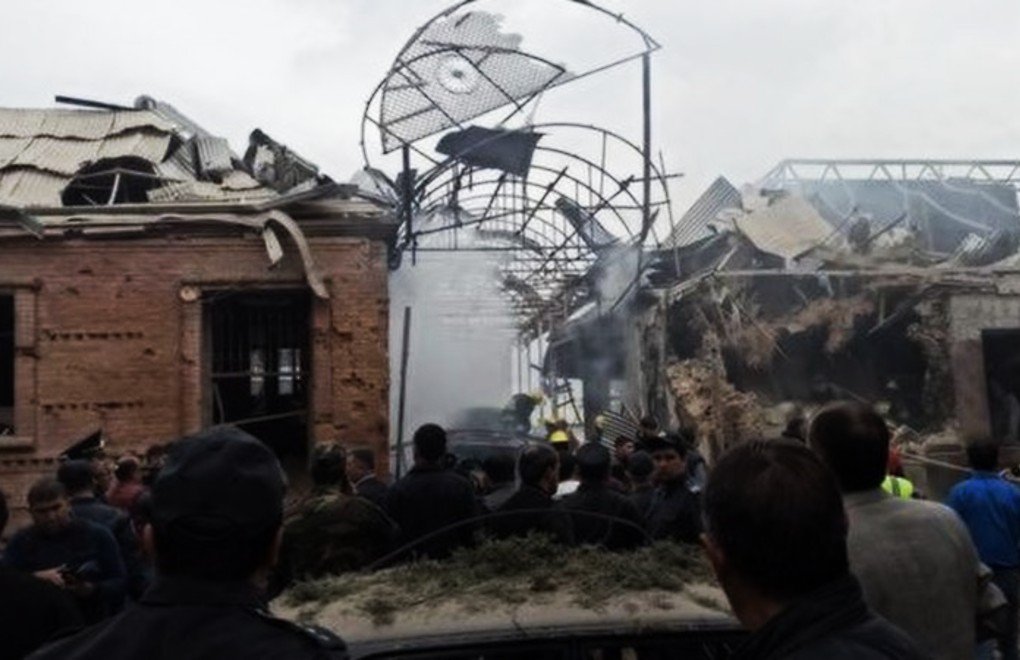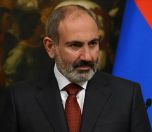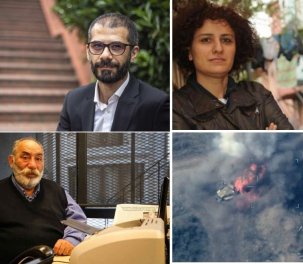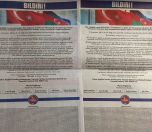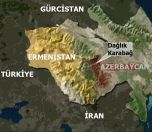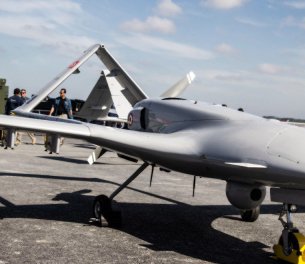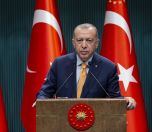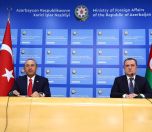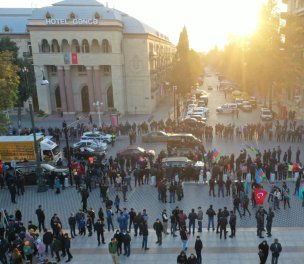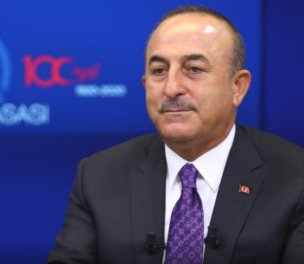Photo: Armenia's Ministry of Defense
Click to read the article in Turkish
The clashes between Armenia and Azerbaijan over the disputed Nagorno-Karabakh (Dağlık Karabağ) continued yesterday (October 4) as several cities from both sides were hit.
According to Azerbaijan's Ministry of Defense, Ganja, the second-largest city of the country, and Mingachevir, an industrial city, were targeted by Armenia.
Clashes broke out on September 27 in the disputed territory.
In a statement, the ministry said Armenian armed forces were firing rockets in the Fizuli region from Armenia, and heavy artillery in Aghdam and Terter regions from "occupied territories."
Also, Hikmet Hajiyev, the assistant of Azerbaijan President Ilham Aliyev, said that Armenia targeted Mingachevir with missiles and shelled Khizi and Absheron regions.
The attacks caused civilian casualties, according to Baku.
Hajiyev also said that Azerbaijan took control of Jabrayil town from the Nagorno-Karabakh administration, a de-facto state on the internationally recognized Azerbaijan soil.
Baku says it will "liberate all of its lands under occupation."
A spokesperson for Armenia's Ministry of Defense, Shushan Stepanyan, denied that attacks were launched from Armenian soil to Azerbaijan.
Nagorno-Karabakh's capital was bombed
Officials from the Nagorno-Karabakh administration stated that Stapanakert (Hankendi), the capital city of the de-facto state, was targeted with missiles, Armenpress reported.
The city was left without electricity and many civilians were killed in the attack, said Arayik Harutyunyan, the head of the Nagorno-Karabakh administration.
Azerbaijan's military facilities in its larger cities became "legitimate targets" after the attack, according to Harutyunyan.
The death toll
Nagorno-Karabakh officials said they lost 201 soldiers and 22 civilians in the clashes.
While Azerbaijan does not disclose information about its military casualties, it stated that 22 civilians were killed during the clashes.
Notes about Nagorno-KarabakhIt is a mountainous region of approximately 4,400 square kilometers. Christian Armenians and Muslim Turks live there. During the Soviet Union era, it became an autonomous region in the Azerbaijan Republic. It is internationally recognized as part of Azerbaijan, but the majority of the population comprises of ethnic Armenians. The sovereign status of the Nagorno-Karabakh administration, the Republic of Artsakh, is not recognized by any United Nations member state, including Armenia. During the conflict between 1988-1994, about one million people were displaced and 30,000 were killed. Russia has a military base in Armenia. The dispute between Armenia and AzerbaijanRelations between the two former Soviet countries have been tense since 1989 over Nagorno-Karabakh, or Upper Karabakh, an internationally recognized territory of Azerbaijan. In 1989, the parliament of Azerbaijan removed Nagorno-Karabakh's autonomous status, which had been in place since 1923. During the dissolution of the Soviet Union, Armenia began military operations into Nagorno-Karabakh in 1991. In the same year, the separatist administration in Nagorno-Karabakh declared independence. The Azeri people of the region had boycotted the independence referendum. The independence of the Nagorno-Karabakh, or Artsakh republic, is not internationally recognized. Four UN Security Council and two UN General Assembly resolutions as well as many international organizations demand the withdrawal of the occupying forces. The OSCE Minsk Group – co-chaired by France, Russia and the US – was formed in 1992 to find a peaceful solution to the conflict. A cease-fire was agreed upon in 1994. France, Russia and NATO, among others, have urged an immediate halt to clashes in the occupied region. |
(PT/VK)




